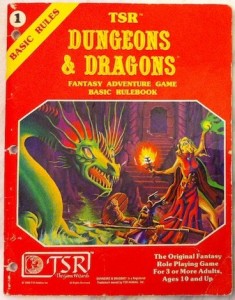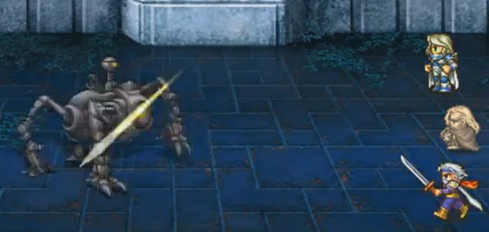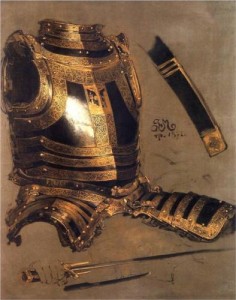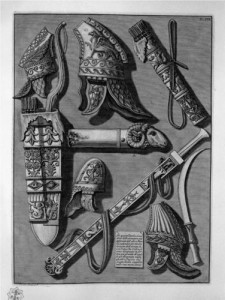In addition to the ancient mystery religion of the lost True Empire (to which traditional clerics belong), numerous spirits and powers are worshipped by the folk in the lands around Pahvelorn. Here is one example of a shaman class, which calls on Legatus Rattus, servant to the Mother of Thousands, rat goddess often worshipped by the poor and oppressed.
Shaman: HD, combat, armor, advancement as cleric. Prime requisite: charisma.
Proper obeisance is required each morning. Doing this lets a spirt (such as the mother or one of her high ranking servants) into you and makes the spirit’s spells available. While you have the spirit in you, you detect as chaotic. You turn as an undead of your own HD, but a successful turn drives the spirit out rather than causing fear or anything else (you must find a sanctuary and perform the proper rites, as in the morning).
Chant in High Murine (which sounds high pitched but echoey, like thousands of rats chanting in a draughty hall) and roll 1d20 and add level to activate a power. Beat the target by 5 and get some extra effects. Miss by 10 or more and there will be consequences. 1 is always a failure, 20 is always a success. Spells must be maintained after cast (meaning you can’t have more than one spell active at once, but you can take other actions after the initial casting).
Target numbers proceed spell descriptions.
Spirit: Legatus Rattus
- 11 Speak with Rats: self explanatory.
- 12 Sticky Feet: climb rough vertical surfaces at half movement, no chance of falling (save might be required if you take an arrow or something).
- 13 Psychic Swarm: target is afflicted by a swarm of shadowy psychic rats swarming over them. -2 penalties to AC, saves, and attack. Further, save versus magic or must use actions to either attempt to flee or claw madly at the illusionary rats.
- 13 Fever Bite: grow long ratlike incisors for one encounter/exploration turn. Hits require a save or the target becomes afflicted by a wasting disease that automatically does 1 HP damage per round. Ineffective against huge creatures or those with more than 6 HD.
- 14 Hole Spotter: spend a turn and perform a smoke ritual that may reveal hidden hidey-holes. Only hidden things with gaps that smoke could find are discoverable, so some sophisticated secret doors might not be located, even on success. The smoke seems to take the form of thousands of tine, questing rats.
- 15 Summon Dire Rats: 1d6 semi-corporeal rats materialize. 1/2 HD, 1d3 damage, +1 damage for each hit beyond the first if they gang up on an enemy. Semi-intelligent. Rats disperse following combat or one exploration turn. If slain, they may not be summoned again until the proper rites have been performed (that is, the next day).
- 20 Summon Legatus Rattus: Miss by 10 here, and the Legatus will likely be hostile.
HD 10, AC 3, attacks 3, Sv 5, Mv 24/12 (climbing)
Regarding more spells: other spirits can be discovered in play. Then before a session you can pick which you want to invoke. Basically, it is preparing a set of spells as a group rather than one by one.




